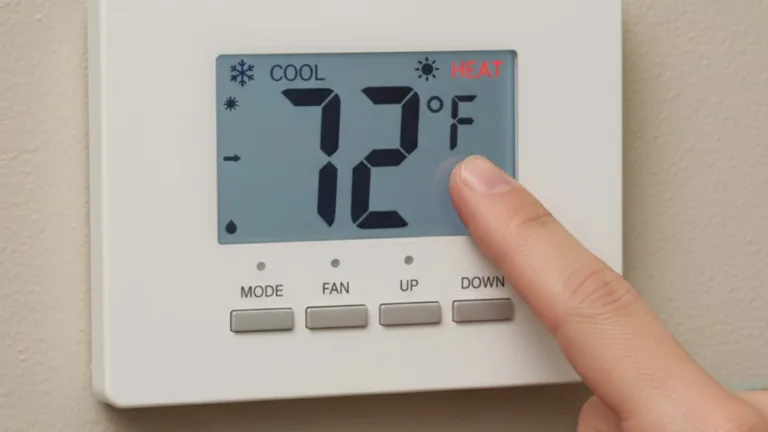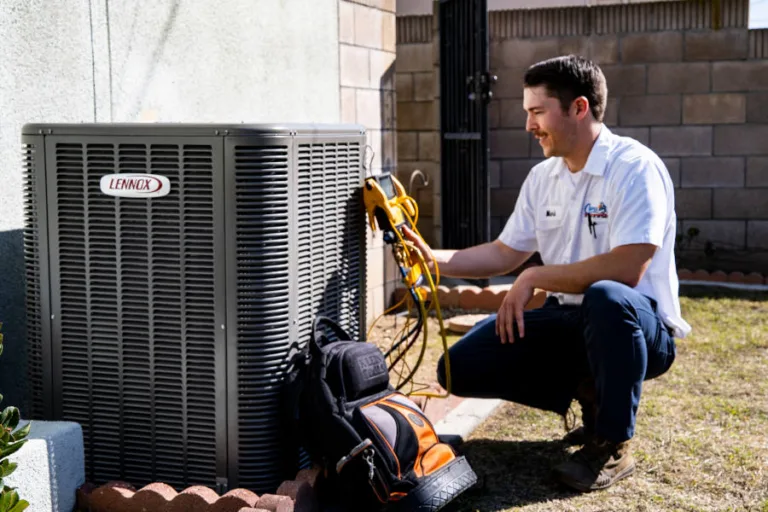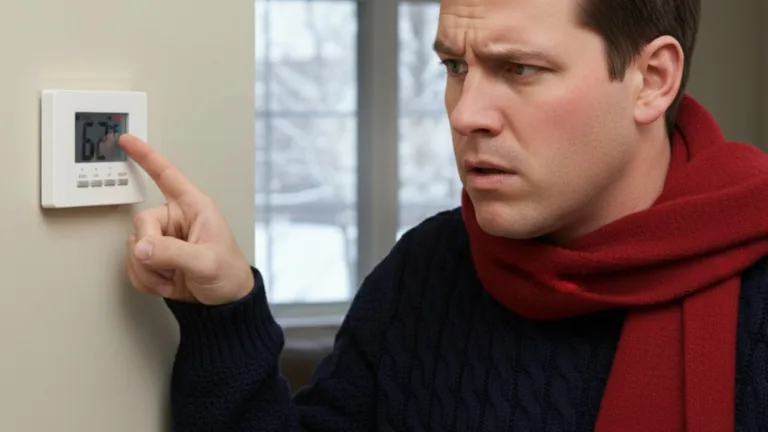The San Gabriel Valley heat is no joke. Have you ever walked from one room in your home into another and wondered why one feels like an oasis of cool air while the next feels like an oven? The culprit could be a small but vital part of your HVAC system: the damper.
Think of HVAC dampers as the traffic cops of your air ducts—directing airflow where it needs to go. In the San Gabriel Valley, HVAC repair often starts with the little parts you don’t see—like dampers.
In this article, we’ll explain what HVAC dampers do, how long they last, and the signs they’re failing so you can beat the heat before it beats you.
What Do HVAC Dampers Do?
Inside your home’s ductwork are valves or plates called dampers. These hidden components control and regulate the flow of air coming from your HVAC system. When working properly, they decide how much cool or warm air goes to each room, helping keep your home comfortable year-round.
There are two main types:
- Manual HVAC dampers are adjusted by hand—usually set once during installation or when seasons change
- Motorized HVAC dampers, also called automatic dampers, work with a zoning system. They open and close automatically in response to your thermostat, sending conditioned air exactly where it’s needed.
Why does this matter? Without HVAC zoning dampers, your system would blast air indiscriminately, cooling or heating rooms you’re not even using. Dampers make zoning possible, which means you enjoy customized comfort and lower utility bills. That’s a major win during our long, hot Southern California summers.
How Long Do HVAC Dampers Last?
How long do HVAC dampers last? Like most home systems, they don’t last forever.
- Manual dampers can last for decades—almost indefinitely—because they have no moving parts other than the handle you turn.
- Motorized dampers, however, are a different story. In real-world use, especially during long, hot San Gabriel Valley summers where unvented attics can soar over 150 degrees, their motors typically last only 5 to 7 years before needing repair or replacement.
Why so short? The small electric actuators inside automatic dampers open and close dozens of times a day. Over time, that constant motion wears out the motor or gears. It’s not a sign of poor installation—just the reality of a mechanical part that’s working nonstop to keep your home comfortable. If yours are aging, consider scheduling a damper replacement San Gabriel Valley homeowners trust to stay cool.
5 Tell-Tale Symptoms of a Failing HVAC Damper
How do you know if a damper is the culprit behind your comfort issues? Here are five signs of a failing HVAC damper you shouldn’t ignore:
- Uneven Temperatures
This is the number-one sign. If a room is consistently too hot or too cold no matter what the thermostat says, the damper controlling airflow to that zone may be stuck or broken. - Audible Noises
Motorized dampers should be quiet. Clicking, grinding, or whirring noises coming from vents or ductwork usually mean the motor is struggling or on its last legs. - Poor Airflow
Put your hand over a vent in the problem area. Weak or nonexistent airflow—especially if other rooms feel fine—can signal a damper stuck in the closed or partially closed position. - Spiking Energy Bills
A faulty damper forces your HVAC system to run longer and harder to achieve the set temperature. That extra run time wastes energy and drives up costs. - Frequent System Cycling
If your system turns on and off more often than usual, it may be struggling to heat or cool your intended zones. A malfunctioning damper can create pressure imbalances that trigger this constant cycling—one of the most common HVAC zoning system issues homeowners see.
Catching these warning signs early can save you from uncomfortable rooms, higher bills, and even potential strain on your HVAC equipment.
Stay Comfortable with Expert HVAC Damper Service
HVAC dampers might be hidden inside your ductwork, but they’re essential for keeping your home comfortable and your energy bills in check. Uneven temperatures, odd noises, weak airflow, rising utility bills, or frequent cycling all point to a damper problem.
These aren’t simple DIY fixes. An incorrectly installed or stuck damper can completely block airflow to a room, creating pressure issues and even damaging your HVAC unit over time. Don’t let a faulty damper compromise your home comfort.
Contact Cypress Heating & Air Conditioning today—your trusted San Gabriel Valley air conditioning service and HVAC damper expert—for a professional inspection and replacement. Our experienced team will ensure your HVAC system is operating at peak efficiency so you can enjoy a comfortable Southern California summer—no matter how high the temperature climbs.











